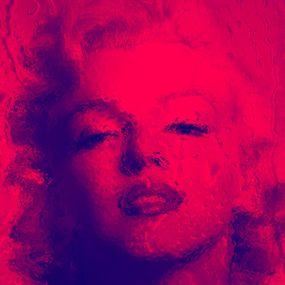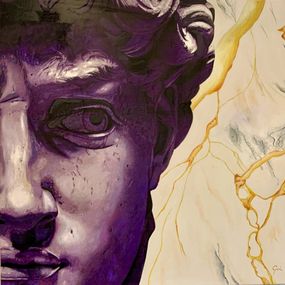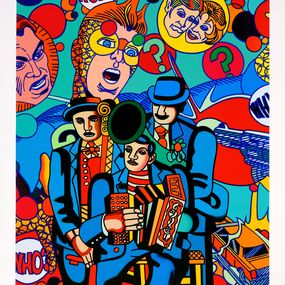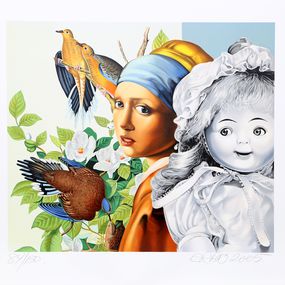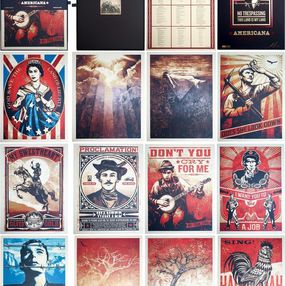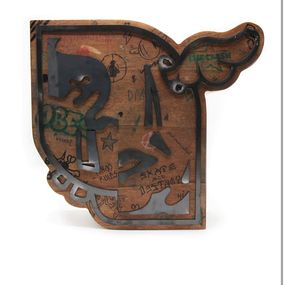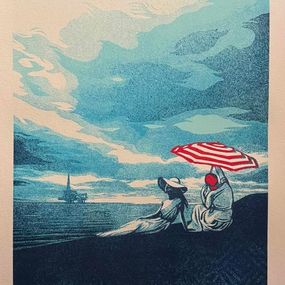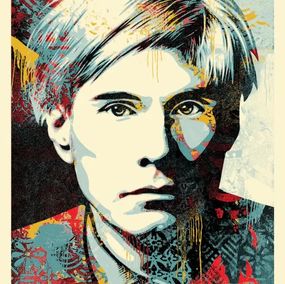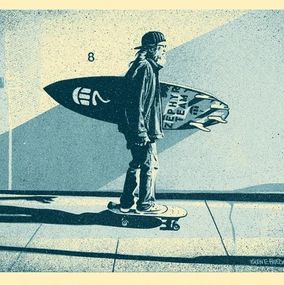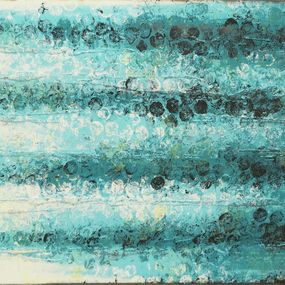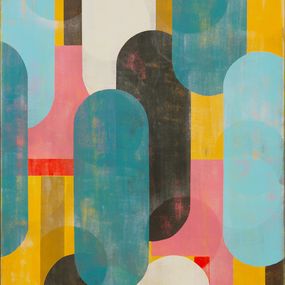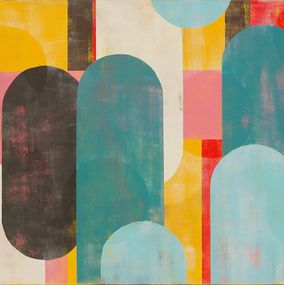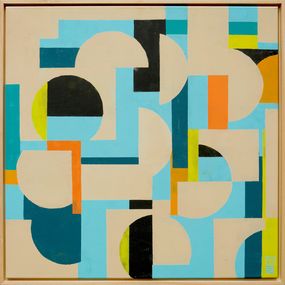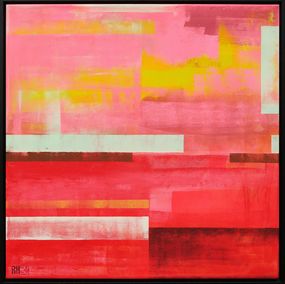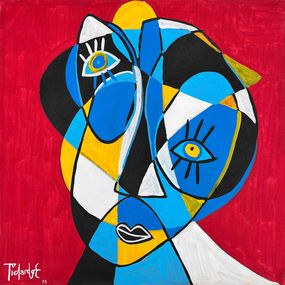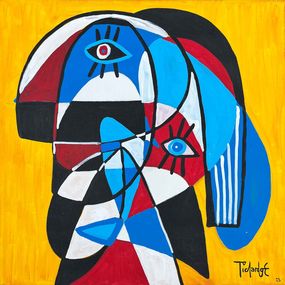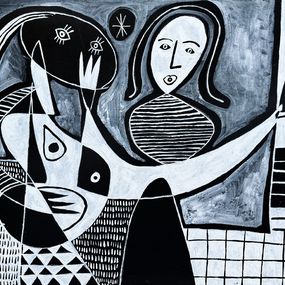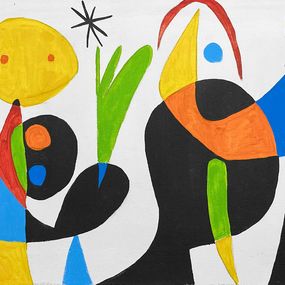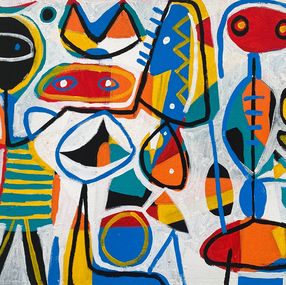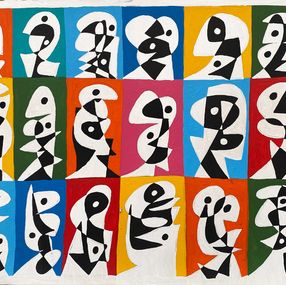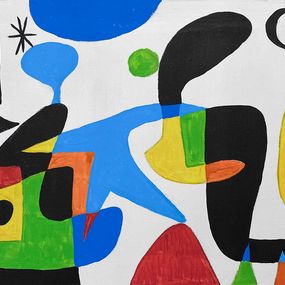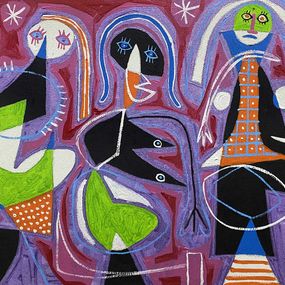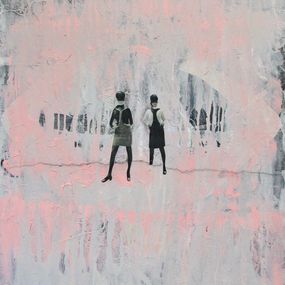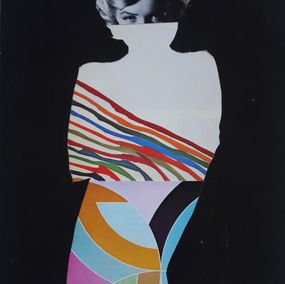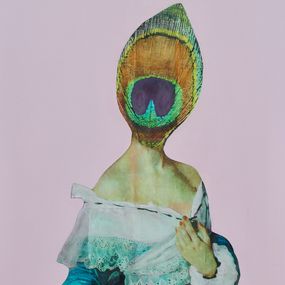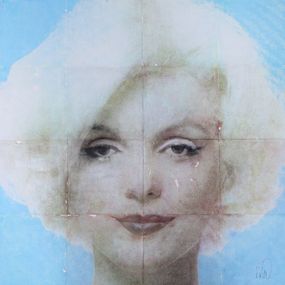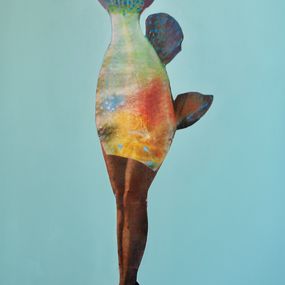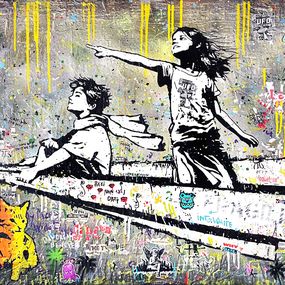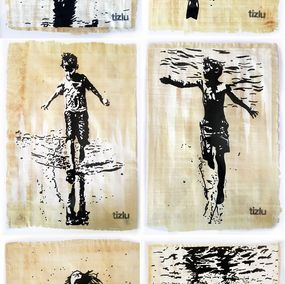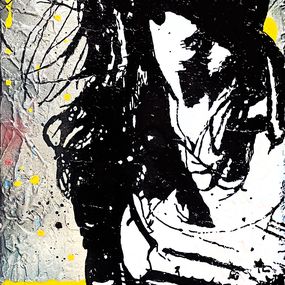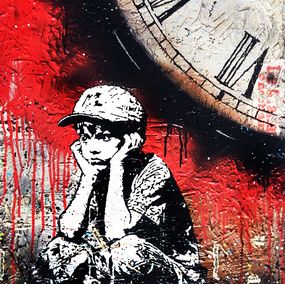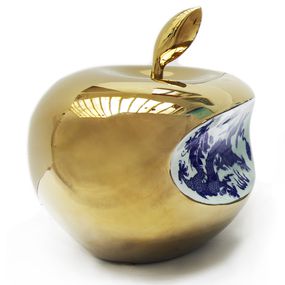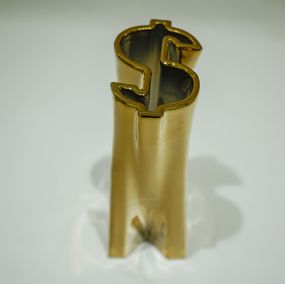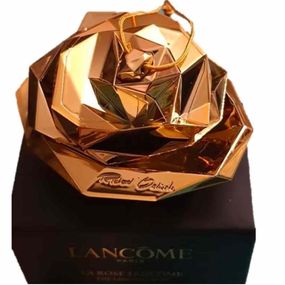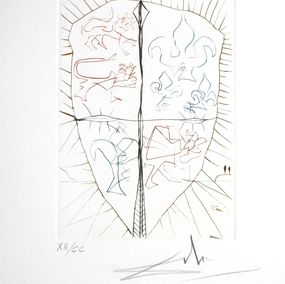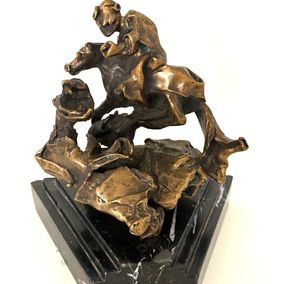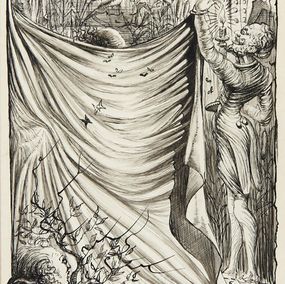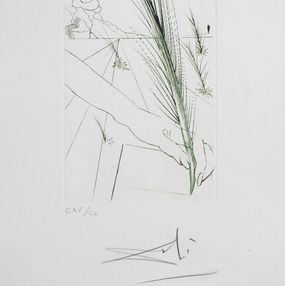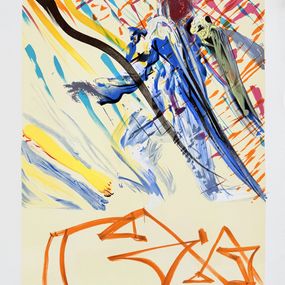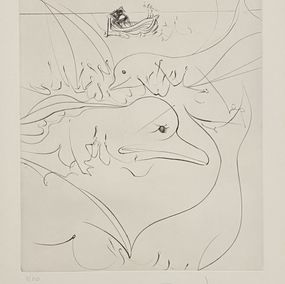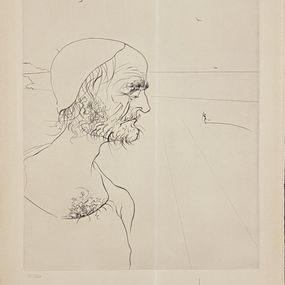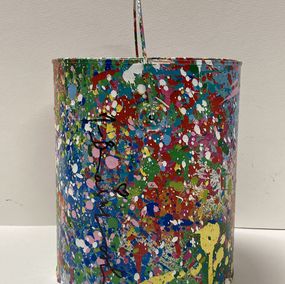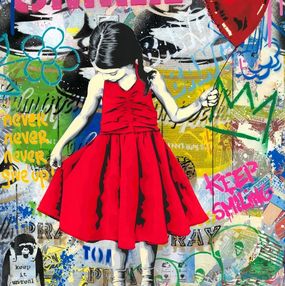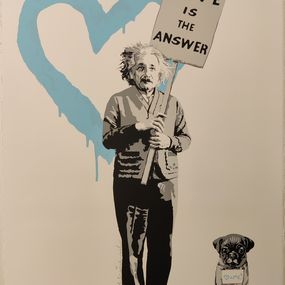
Printmakers
Artists known as printmakers create artworks by using printing techniques, these works are referred to as 'prints'. Artist might choose to create only one print and thus a unique work, they might produce a limited edition (a limited number of prints) or they might choose not to limit the print run. Most frequently, prints are produced in limited editions. With prints, the artwork is always created, at least in part, by a mechanical process.
There are two main uses uses for art prints. Some artists use prints to reproduce works that have been created using other mediums, for example a painting. Other artists see prints as an integral part of their artistic practice and produce original works with techniques such as engraving, etching or screen printing. Since prints are often published in multiple copies, they allow collectors to acquire works by modern artists and well-known contemporary artists at more affordable prices than unique artworks.
The first methods for reproducing images appeared around the third century BC but they only became more widespread in the fifteenth century thanks to new printing techniques and the growing use of paper in Europe. Famous artists, such as Albrecht Dürer, used engraving, drypoint and etching to engrave wood or metal before printing the image on paper. In Europe, editions and prints became very popular and highly sought after in the seventeenth and eighteenth centuries. Some of the key artists from the period working with printmaking include Rembrandt with his luminous prints and the English artist William Hogarth and his satirical engravings. Today, their works are an integral part of the history of art and you can find them in the collections of major art museums.
In the 19th century, innovation led to the birth of a number new printing techniques publishing, including lithography, which is based on the immiscibility of water and oil. This technique allows artists to draw more freely because they do not need to physically engrave the surface with a burin. Edvard Munch chose this method for one of his versions of the Scream. Screen printing is a method of reproducing an image onto a surface by pressing ink through a mesh screen with areas blocked off. It gained in popularity during the 20th century thanks to Pop Art. Andy Warhol chose this technique for its ties to industrial scale production and advertising. At the end of the 20th century, digital revolution, artists began to use digital printing. It is a technique used by renown artists such as the sculptor Xavier Veilhan as well as emerging artists such as the illustrator Said Sabir.
Prints continue to be very present in contemporary art. On Artsper, you'll find printmakers working in a wide variety of techniques and styles. Discover the diversity of prints, from screen prints by Pablo Picasso or JR to Street Art prints like Shepard Fairey or M. Chat's lithographs without forgetting abstract prints by Claude Viallat.
Lithography is a printmaking technique based on a chemical process: the immiscibility of water and oil. It allows artists to reproduce several copies of ink or pencil drawings by reproducing them onto a limestone surface and then making prints. The technique was discovered in Germany in the 18th century and quickly became widespread in Europe in the 19th century. The process has evolved over the years and it is still used in contemporary art.
The composition to be printed is drawn on the surface of the limestone using a fat or oil-based medium such as a wax crayon. A solution of gum arabic and nitric acid is then applied to the stone and the acid fixes the greasy parts of the image onto the stone and will prevent the ink from adhering to non greasy areas from. Once the image is etched onto the stone, the greasy drawing is removed and the stone is prepared for printing. It needs to be kept moist before being coated with greasy ink that will stick only to the lines of the drawing. The paper is placed onto the stone and the printing press is used to transfer the ink onto the paper. Zinc or aluminium may be used instead of stone.
Lithography was particularly common in the 19th century. It was efficient and it fitted perfectly with society's new needs, whether used to quickly print the news, labels, posters or music scores… In art, some artists considered lithography as a means of reproducing their work, while other artists, like Henri de Toulouse-Lautrec, used the technique as their medium of choice.
In the 20th century, lithography became the technique preferred by art museums for producing exhibition posters, which at the time were often designed by the artists themselves. The painters Joan Miró and Pablo Picasso both produced many works using the technique. While in the past lithography was considered a technique used for its practicality, today it is seen as an artistic technique in its own right and it has found a place in the history of art, even when multiple works are involved. Pop Art contributed to this view because of the way it challenged the importance of uniqueness in art.
The value of an artwork is assessed based on the artist's reputation as well as the quality of the impression. Another key aspect that absolutely needs to be taken into account is the number of copies made. Collectors must pay attention to the number of the print they wish to buy and to the total number of prints that have been made. The more copies there are, the less the artwork is worth.
On Artsper, explore arworks by contemporary artists who have created lithographs including Andy Warhol, François Morellet, Tom Wesselmann, Joseph Beuys, and more.






